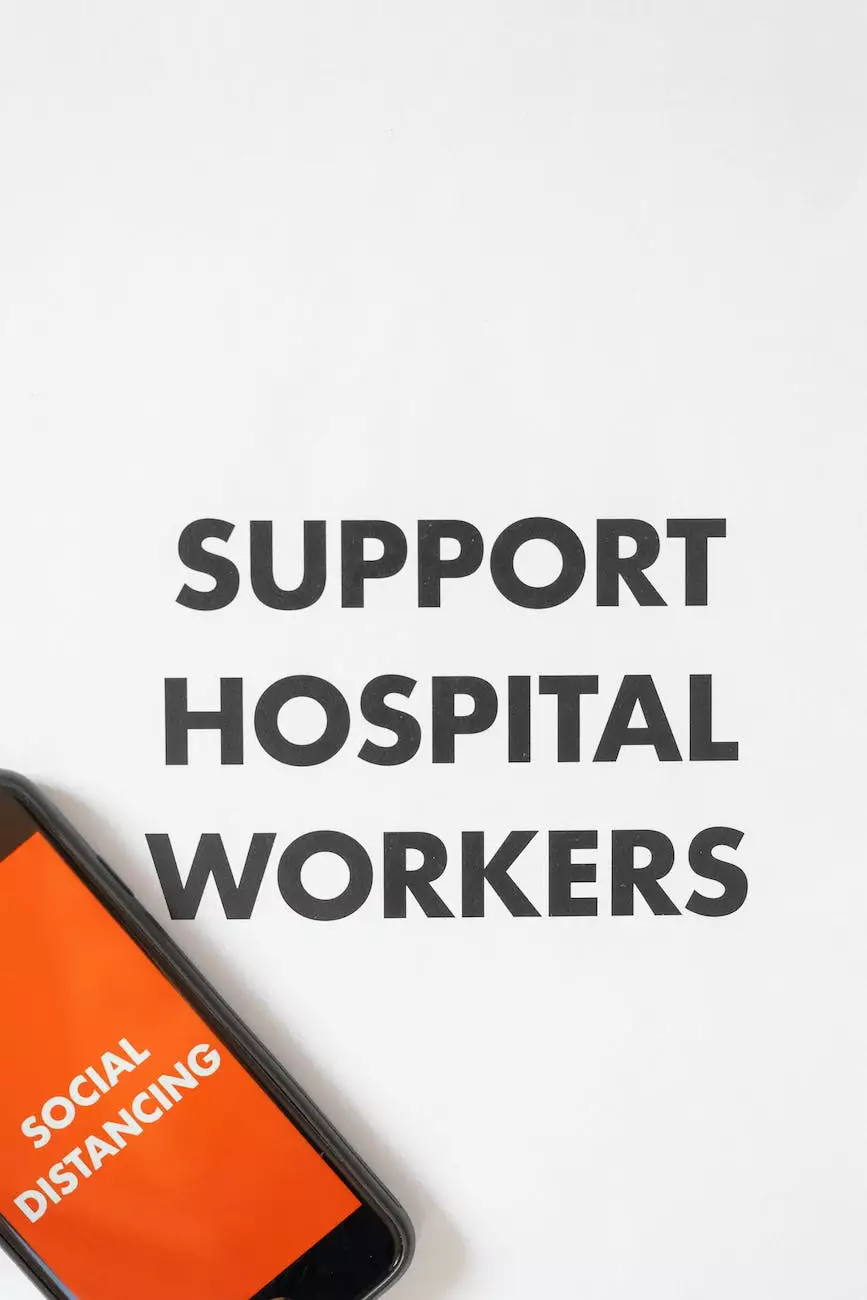Weaning Safely, for Body & Mind

Welcome to Home Postpartum Services, your trusted resource for all things related to postpartum support and care. In this article, we will delve into the topic of weaning safely, which is a crucial step in the journey of motherhood. With our comprehensive guide, you will gain the knowledge and confidence needed to navigate this transition with ease.
What is Weaning?
Weaning refers to the process of gradually transitioning your baby from breastfeeding or bottle-feeding to consuming solid foods or alternative forms of nutrition. While this journey can be emotionally challenging for both mother and baby, it is an essential step in their development.
The Importance of Weaning Safely
Weaning should always be a gradual and mindful process that takes into consideration the well-being of both the mother and the baby. It is important to wean safely to ensure that your baby receives adequate nutrition and to minimize discomfort for both parties involved.
Signs that Your Baby is Ready to Wean
- Displays curiosity about solid foods
- Has the ability to sit up with support
- Shows increased milk intake but remains unsatisfied
- Starts to reject breast or bottle
Creating a Solid Plan for Weaning
Planning is key when it comes to weaning safely. Here are some recommended steps to help you navigate this process:
- Consult with your pediatrician: Your baby's pediatrician can provide personalized guidance and recommendations based on your baby's age, development, and overall health.
- Gradual introduction of solid foods: Begin by introducing small amounts of single-ingredient foods, such as pureed fruits or vegetables. Slowly increase the variety and quantity of foods over time.
- Maintain breastfeeding or bottle-feeding: It is important to continue providing breast milk or formula as the main source of nutrition during the weaning process. This ensures that your baby receives essential nutrients and helps them adjust gradually.
- Monitor your baby's reactions: Observe how your baby responds to different foods and make note of any allergies or sensitivities. This will help you tailor their diet accordingly.
- Be patient and flexible: Every baby is unique, and the weaning process may take longer for some. It's important to be patient and adapt your approach based on your baby's cues and needs.
Supporting Your Emotional Well-being
Weaning can be an emotional journey for mothers, as it signifies the end of a special breastfeeding bond. It is crucial to prioritize self-care and emotional well-being during this transition. Here are some tips to help you navigate the emotional side of weaning:
Seeking Support
Having a strong support system is essential during this period of change. Connect with fellow mothers who have gone through or are currently experiencing the weaning process. Online forums, postpartum support groups, and local community centers can offer valuable advice and emotional support.
Honoring Your Feelings
It's normal to experience a range of emotions when weaning your baby. Acknowledge and honor these emotions, whether it be sadness, nostalgia, or relief. Allow yourself the space and time to process these feelings without judgment.
Conclusion
Weaning safely is an important milestone in your baby's development, and the process should be approached with care and patience. By following the steps and tips outlined in this guide, you can ensure a smooth transition that prioritizes your baby's nutritional needs and supports your emotional well-being. Remember, every mother and baby is unique, so trust your instincts and seek the necessary support as you embark on this journey.




